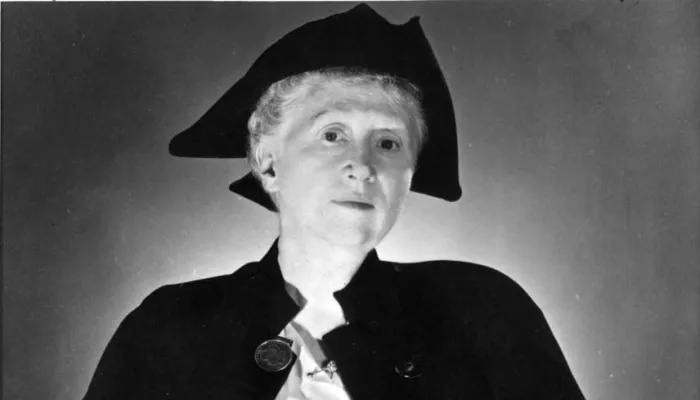Susan Holbrook
Biography
Susan Holbrook’s poetry books are the Governor General’s Award-nominated Throaty Wipes (Coach House 2016), Trillium-nominated Joy Is So Exhausting (Coach House 2009), and misled (Red Deer 1999), which was shortlisted for the Pat Lowther Memorial Award and the Stephan G. Stephansson Award. She teaches North American literatures and Creative Writing at the University of Windsor. She recently published a textbook entitled How to Read (and Write About) Poetry (Broadview 2015) and is the co-editor of The Letters of Gertrude Stein and Virgil Thomson: Composition as Conversation (Oxford 2010). She lives in Leamington, Ontario.
Micro-interview
We did a historical sweep in high school English, and I remember loving all of it, thought Shakespeare’s sonnets were pretty great. We weren’t offered anything contemporary, but we did get to read Eliot and Ginsberg. I was jazzed by “The Hollow Men” and “Howl” — these haunting, sonically rich, wild image-laden wailings that struck a chord with my teenaged wonderings about how to make a meaningful life, how to face and speak truths.
I wrote poems when I was small. Fabulously banal poems about skies of blue and trees of green. I know there was one I wrote when I was eight, about the mind-blowing fact that the blue-skied, green-treed place you’re in now will eventually become the past, a place remembered. I was proud of that one, especially because I’d learned how to control the meter by fitting three syllables into two with an apostrophe: “mem’ry”!
Who ever says “I’m a poet”? A friend will shout, “Hey, poet!” but never without a smirk. The word is pretty loaded with associations, so that I feel at once embarrassed to use the term (as it popularly implies cataracts of self-involved angst) and unworthy of the title (as it names writers in countries where poetry does brave and crucial work). I’m working up to it.
To help readers and listeners get reacquainted with their own language, and consequently the world shaped by and shaping that language. It’s difficult to see what’s going on around us — the unjust, the oppressive, the beautiful, the funny — because we become habituated to our environments. Poetry can make it all newly visible, sometimes even offer or inspire new configurations for being and living.
I’m a Scrabble lover, so I tend to think in anagrams. I thought it would be fun to try answering an impossibly huge question using anagrams as a medium. (Gertrude Stein was able to answer the question “What Is Poetry?” on her own, but I needed some help.) When I typed the question “What Is Poetry” into an internet anagram maker, over 45,000 combinations popped up. With so many to choose from, the process felt not unlike choosing from among the million words in the English language; in other words, it was like, you know, writing! The internet gave me the gifts of “Throaty Wipes” and “A Whitey Sport”, but there was no “IHOP” or “yawp” or even “eh.” What I thought would be a mechanical exercise involved the activities of selection and invention that all poetry writing demands, so that my process offered yet another answer to me. Any constraint will do this for you: both test your flexibility and offer surprise gifts.
Gertrude Stein's “Susie Asado.” Although a century old, this poem still rings new. It would be challenging to memorize, because it refuses to fall into any expected pattern of sense or syntax, and challenging to recite, because I’d want to deliver the wordplay (“sweetie” in “sweet tea,” “treasure” in “tray sure”), but these are the features that make it so compelling.


